Star Wars Rugs For Sale – As more people embrace the idea that everything has value, second-hand goods will continue to be a central part of the way
Quality goods for sale have always held a special place in markets around the world, captivating consumers with their promise of durability, performance, and timeless appeal. In this digital age, it often feels like there’s no such thing as privacy anymore, and that’s because we’ve essentially agreed to sell pieces of ourselves in exchange for recognition, affirmation, or even money. Conversely, periods of economic growth may lead to more businesses being sold due to increased valuations and higher demand. This practice is an essential aspect of sustainability, as it helps conserve resources and reduces the amount of waste sent to landfills. This revival can be attributed to a combination of economic factors, growing awareness of environmental issues, and a shift in consumer attitudes toward sustainability and the value of pre-owned items. It is subjective, shaped by cultural norms, individual preferences, and the evolving standards of various industries. For book lovers, buying second-hand books is an affordable way to build a library, and it can also be an opportunity to find rare or out-of-print titles that are no longer available in stores. These goods, ranging from clothing to furniture, electronics to books, offer people the chance to find items they need or want at a fraction of the cost of new products. The items placed for sale are not merely commodities; they are often vessels of memories, symbols of past achievements, or representations of something bigger than the price tag they carry. Just as with material possessions, when a person is “for sale,” they put their value on display for others to assess. People are rediscovering the value of items that have been made by hand, with care and skill, as opposed to the impersonal, assembly-line products that dominate the marketplace. This has made it easier for people to find items that might have otherwise been out of reach, whether it’s a rare collectible, an antique, or a product from another country. Many people find that buying second-hand furniture allows them to acquire high-quality pieces that are built to last, often with a level of craftsmanship that is hard to find in mass-produced furniture. The global marketplace, with its constant buying and selling, influences everything from politics to the environment, creating ripple effects that are felt far beyond the immediate transaction. Although the transaction may be challenging at times, the opportunity to buy or sell a business can open doors to new ventures, provide financial rewards, and enable entrepreneurs to pursue their goals. The concept of a circular economy, where products are reused and repurposed instead of discarded, is central to the appeal of second-hand goods. For many, owning a quality product means owning a piece of history, a connection to something larger than themselves. For the buyer, acquiring such a piece may carry with it the honor of preserving a legacy, or the satisfaction of adding a unique, timeless item to their own collection. Each item was unique, and the quality was immediately apparent to the buyer. Are there things that should be kept beyond the realm of trade? Or has the marketplace — with its insatiable demand and promise of exchange — seeped into every facet of our being?
If everything is for sale, then the concept of value itself becomes fluid, subjective, and often manipulated.
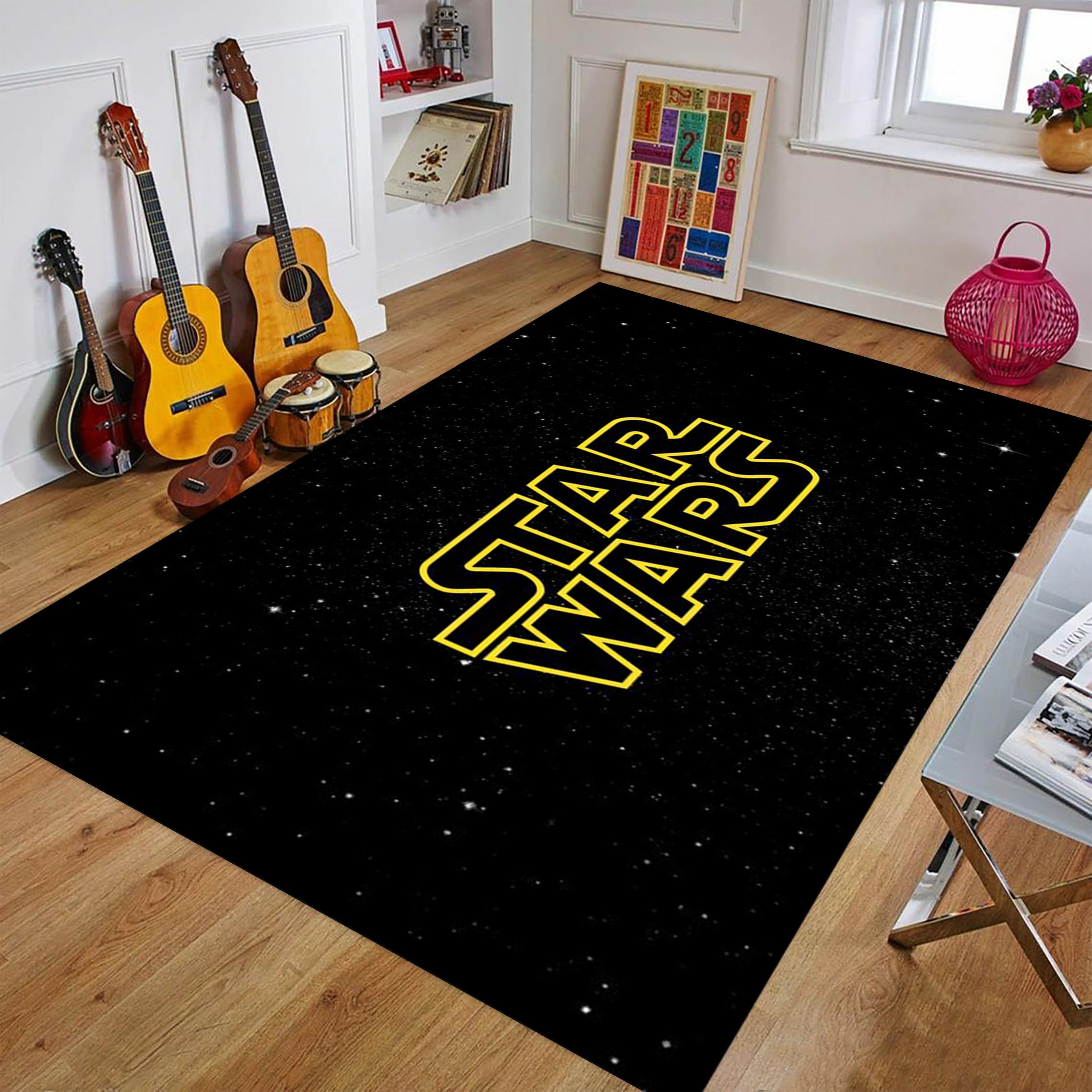
The Star Wars Rug Legend Film Rug for Living Room Rug Fan Etsy
4/5 (738 reviews)
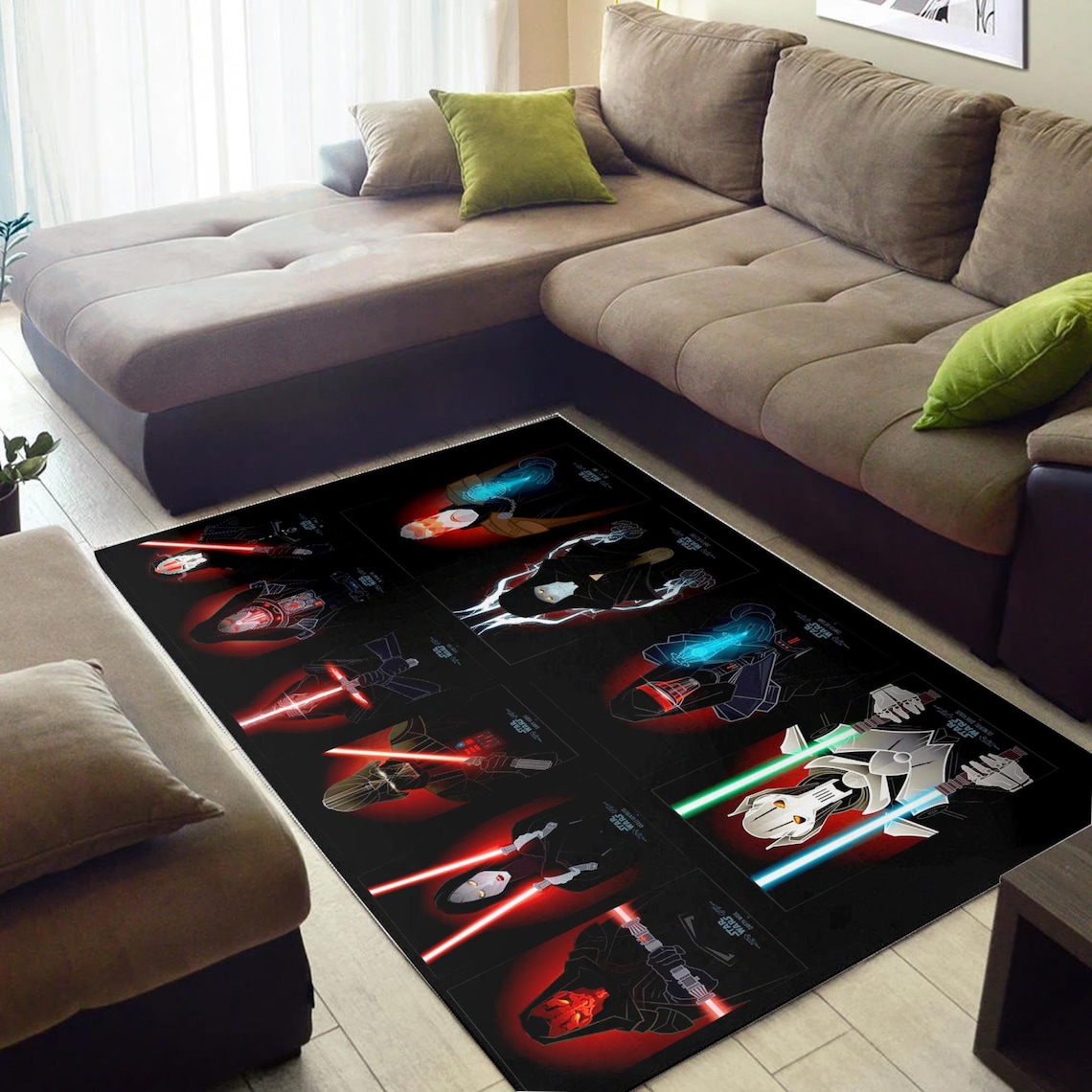
Star Wars Area Rug Star Wars Rug Star Wars Carpet Rugs For Etsy
4/5 (738 reviews)
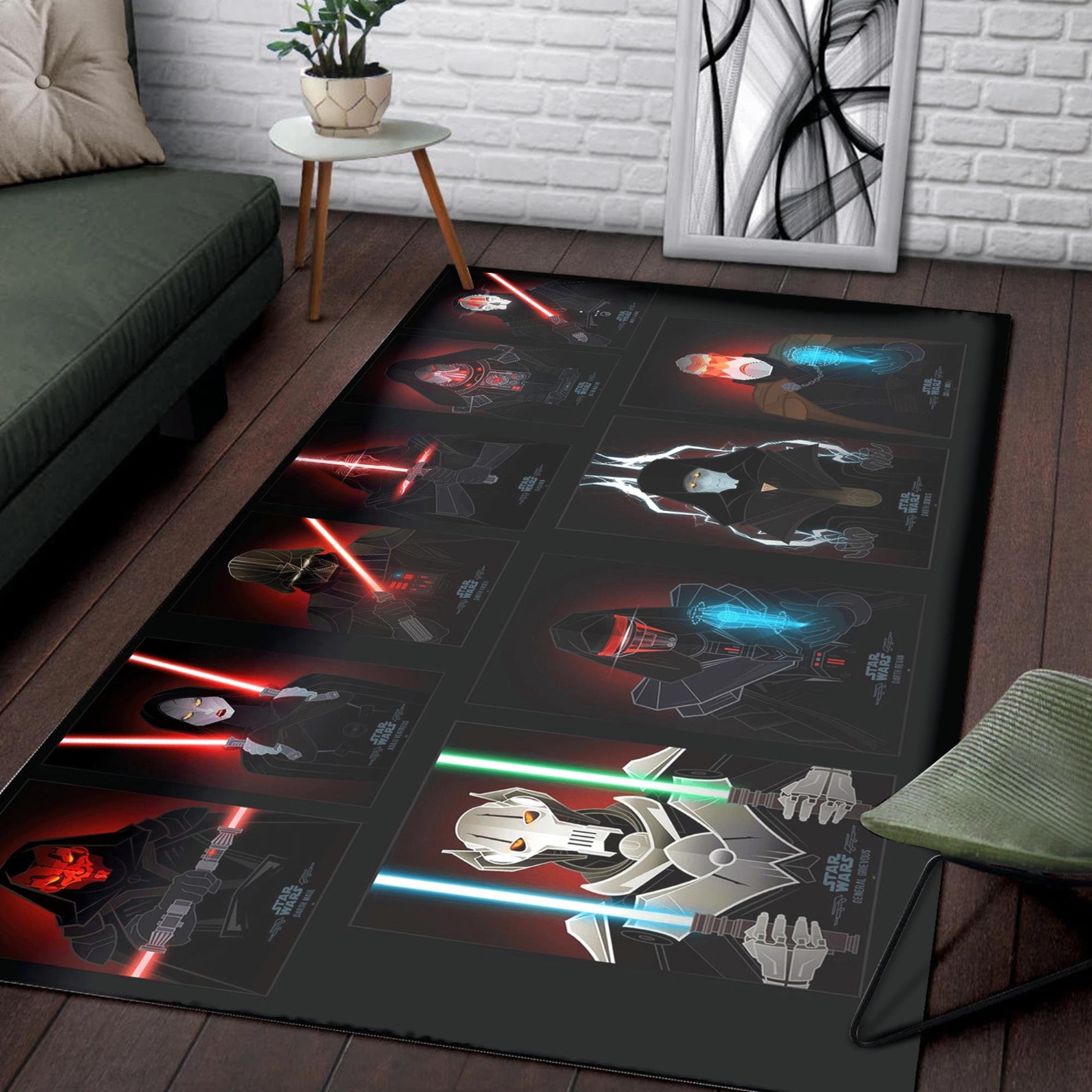
Star Wars Area Rug Star Wars Rug Star Wars Carpet Rugs For Etsy
4/5 (738 reviews)
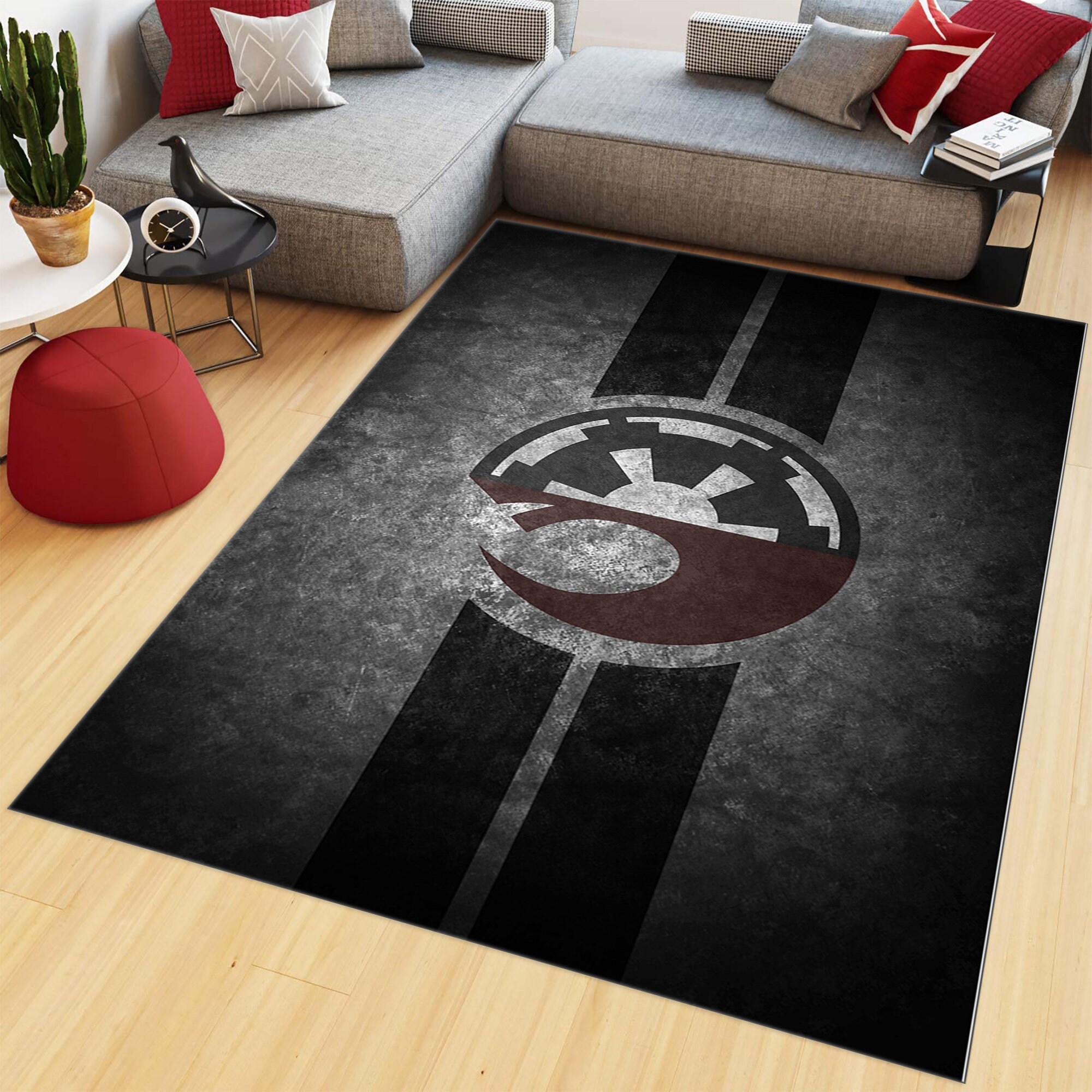
Starwars Rug Star Wars Rug Empire Logo Rug Living Room Rug Etsy
4/5 (738 reviews)
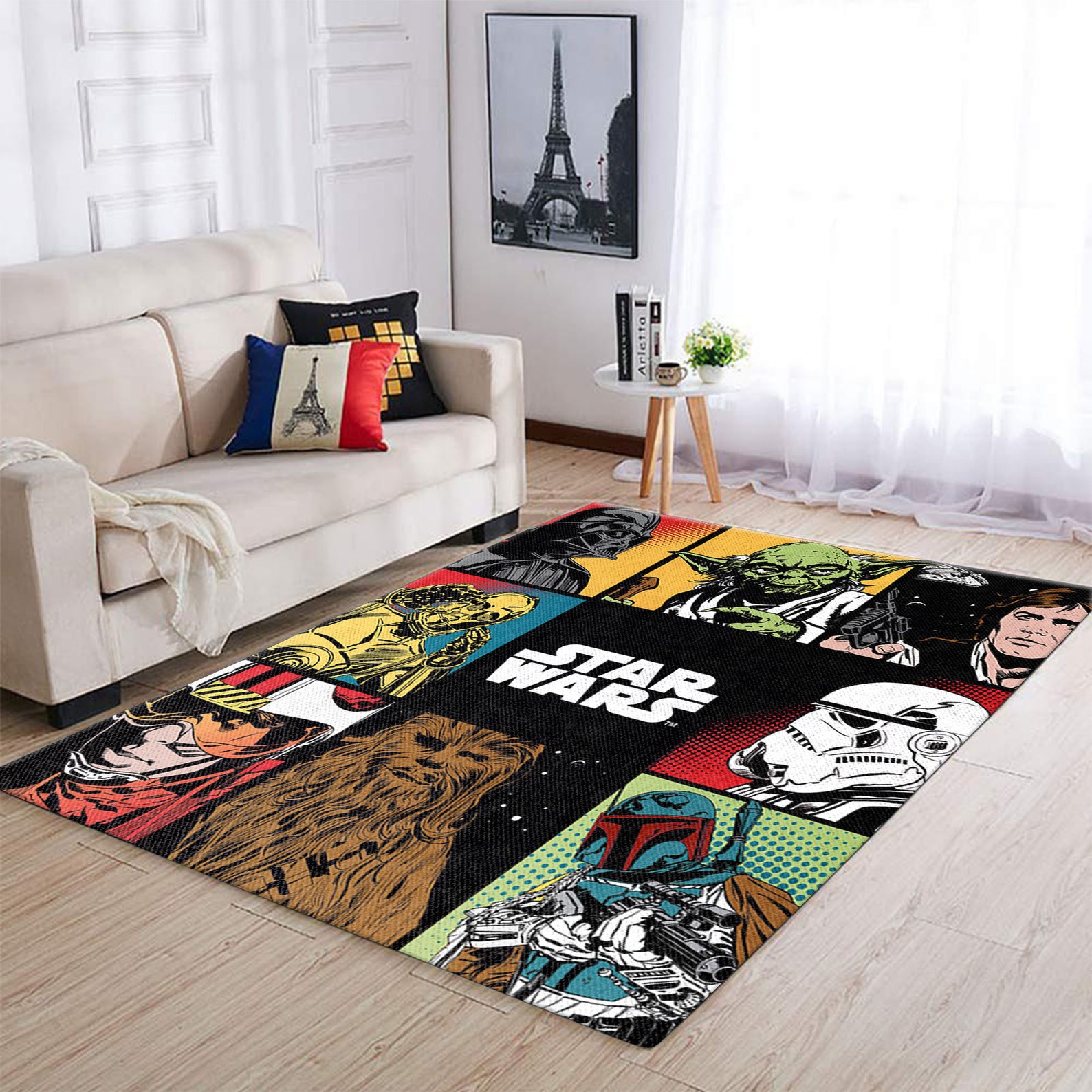
Star Wars Rug Star Wars Movie Area Rugs Gift For Fan Star Etsy
4/5 (738 reviews)

Star Wars Rug Jedi Lightsaber Fantastic Soldier Modern 3D Art Print
4/5 (738 reviews)
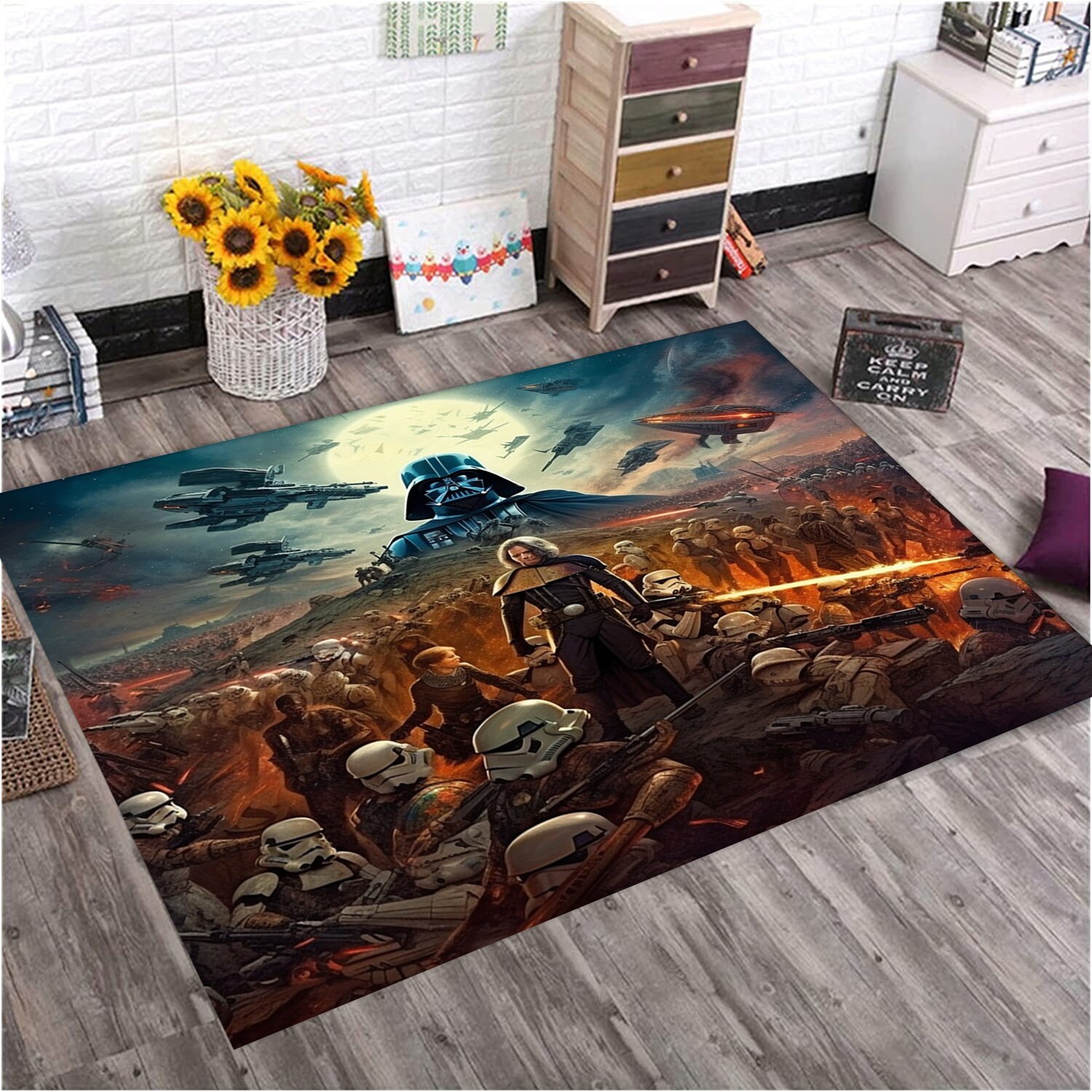
Starwars Starwars Rug Star Wars Starwars Pattern Rug Kids Etsy
4/5 (738 reviews)
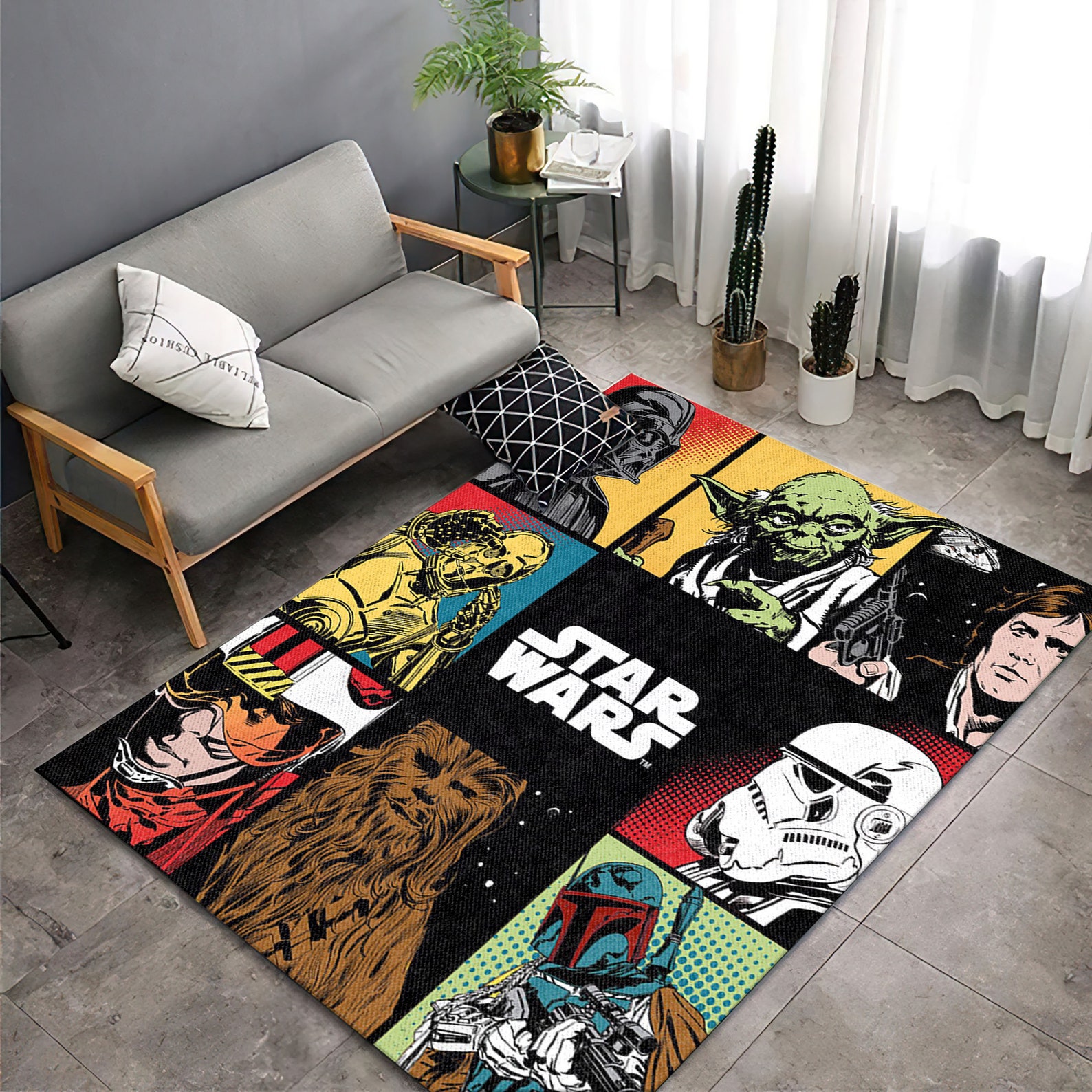
Star Wars Rug Star Wars Movie Area Rugs Gift For Fan Star Etsy
4/5 (738 reviews)
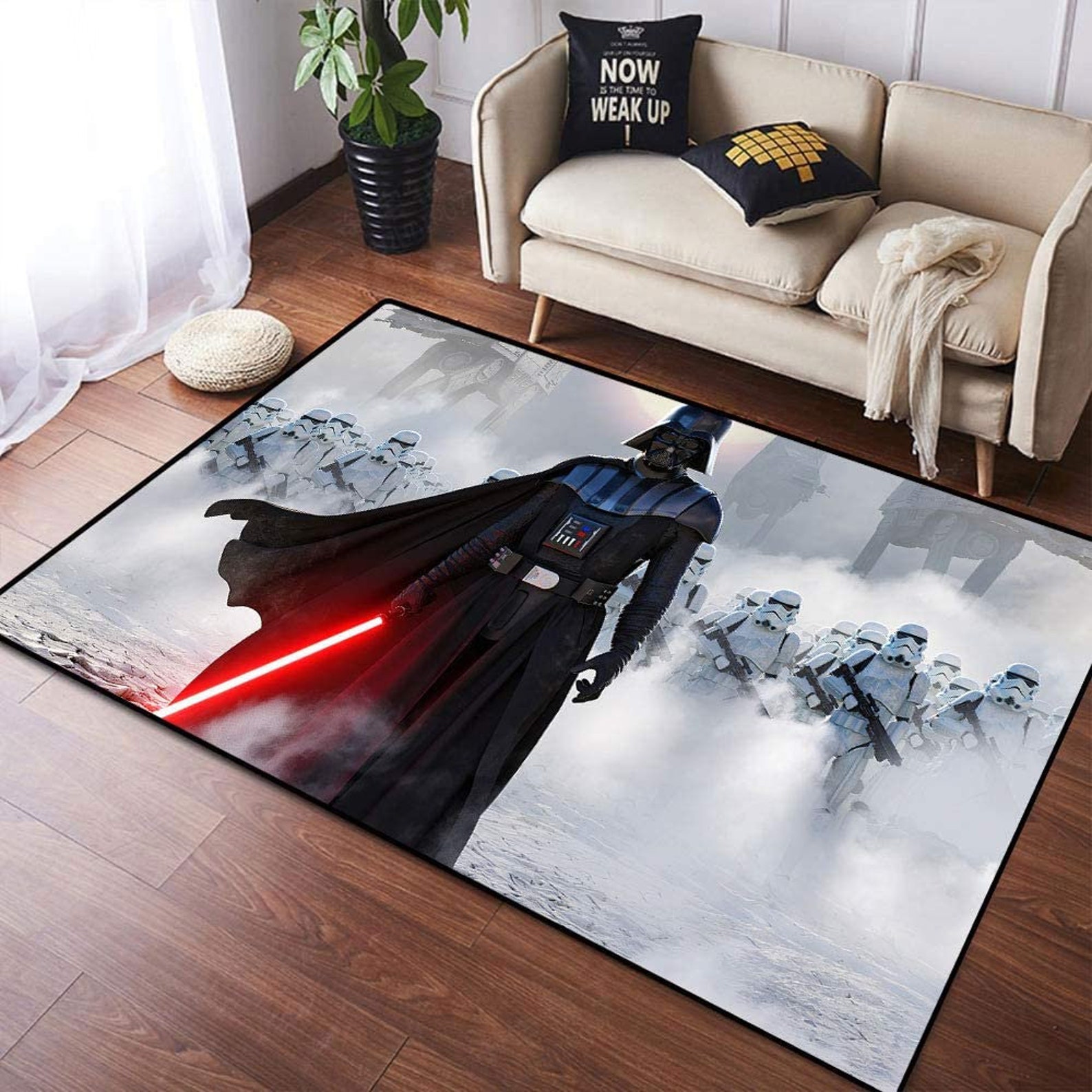
Star Wars Darth Vader Rugs AntiSkid Area Rug Living Room Etsy
4/5 (738 reviews)
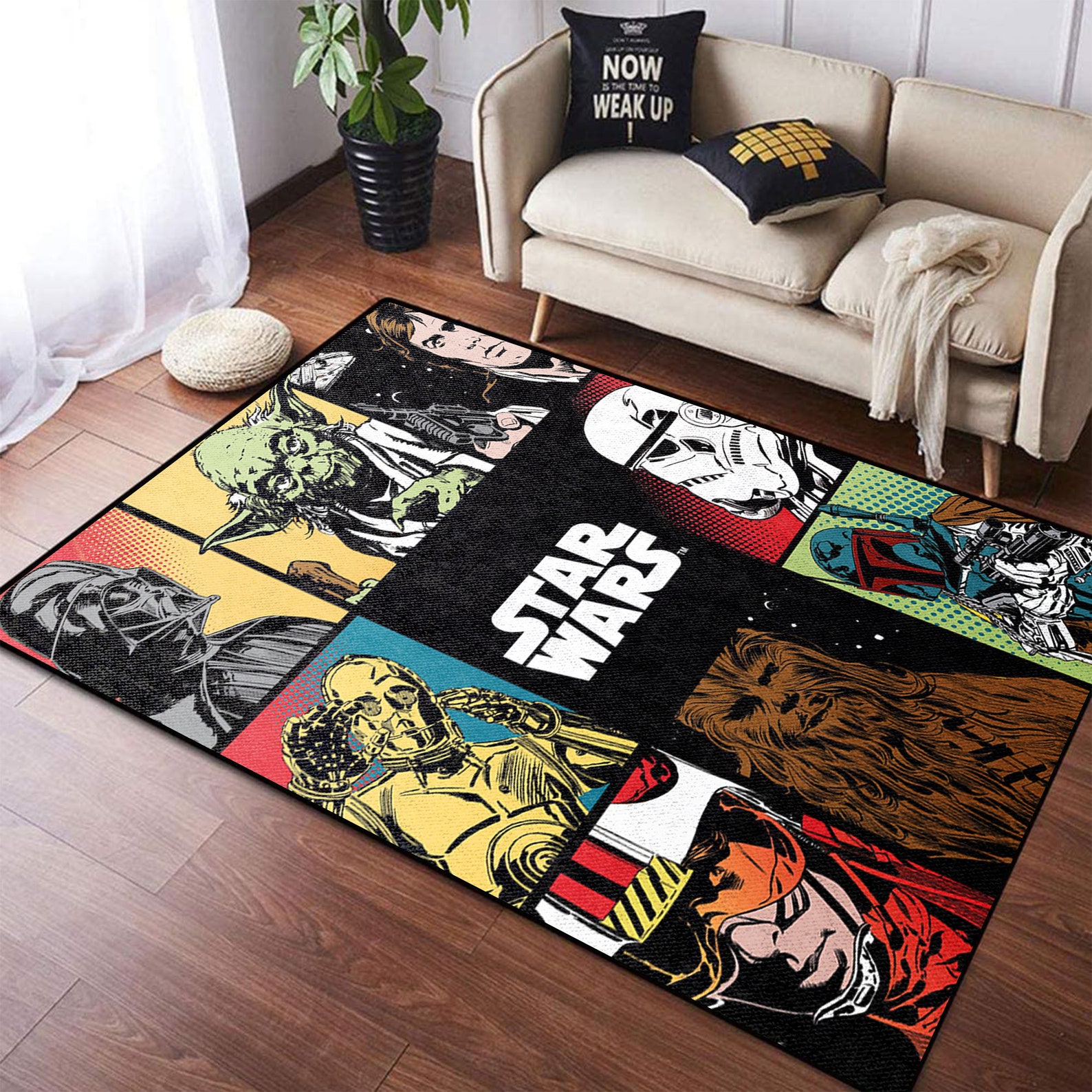
Star Wars Rug Star Wars Movie Area Rugs Gift For Fan Star Etsy
4/5 (738 reviews)
These acts of generosity remind us that there are still things in life that cannot be bought, cannot be sold, and cannot be quantified. Whether it’s the sleek lines of a designer chair or the intricate patterns on a handwoven rug, quality goods are often as much about aesthetics as they are about functionality. However, buying a business is not a decision to be taken lightly. The idea of being “for sale” also touches on larger cultural and societal themes. Another aspect that contributes to the appeal of quality goods for sale is the level of detail and attention given to the design. The first and most obvious reason is the tangible benefits they offer. For some, selling a business is a proactive decision to move on to new ventures, while for others, the sale might be the result of external factors, such as market downturns, changing consumer preferences, or regulatory shifts. In some cases, selling second-hand items can be a way to make a significant profit, especially if the items are rare, vintage, or in high demand. For many, owning a quality product means owning a piece of history, a connection to something larger than themselves. While the online second-hand market has flourished, traditional thrift stores and second-hand shops continue to play an important role in the buying and selling of pre-owned goods. It involves an in-depth understanding of the business’s financials, operations, and market position. With just a few clicks, consumers can browse through thousands of listings for second-hand items from all over the world. For some, selling something may feel like a sacrifice, while for others, it may feel like an investment in their future. However, it’s also important to recognize the darker side of this freedom. They believe that certain things, like love, loyalty, and friendship, should be above the reach of commerce. But even as we wrestle with the implications of living in a world where everything is for sale, we also see that this reality is not entirely negative. On the other, there’s the challenge of assessing the true value of a business, navigating the complex negotiations, and ensuring that the business is a sound investment in terms of both its financial health and its long-term viability. Second-hand goods for sale are no longer seen as inferior or out-of-date, but rather as a conscious, stylish, and eco-friendly choice. These platforms have also made it easier for individuals to sell their own pre-owned goods, turning unused or unwanted items into cash. We start to treat people as commodities, too — as means to an end, as tools for achieving personal success or social status.
Whether it’s a handmade leather bag, a vintage watch, or a luxury car, the term “quality” brings with it an expectation — an assurance that the item in question has been crafted with care, attention to detail, and materials that can stand the test of time. Just as with material possessions, when a person is “for sale,” they put their value on display for others to assess. A blacksmith might craft a sword, a tailor might stitch a suit, and a potter might mold a vase. When an item is marked as “for sale,” it enters a space where value is defined not only by the object itself but by the context in which it’s placed. The result is a society that increasingly prioritizes consumption over connection, profit over meaning, and exchange over understanding. Many factors can influence the negotiation, such as the business’s financial performance, industry trends, and the level of interest from other buyers. It’s a moment of transition, and as with all transitions, it brings with it both excitement and uncertainty. The idea that everything is for sale works to perpetuate inequality, as those with the most resources can continue to amass power and wealth, while others are left to scramble for what little they can get. It’s about change, opportunity, and the negotiation of value. Beyond financial savings and environmental impact, second-hand goods also offer a sense of nostalgia and connection to the past. From designer labels to quirky, eclectic finds, second-hand clothing offers a wealth of variety and style at a fraction of the price of new items. These acts of generosity remind us that there are still things in life that cannot be bought, cannot be sold, and cannot be quantified. In some cases, it’s not just objects that are for sale, but entire industries or institutions. The adage “you get what you pay for” rings especially true in the realm of quality goods. This stage can involve a variety of specialists, such as accountants, lawyers, and industry experts, who can provide a comprehensive evaluation of the business. Vintage items, antiques, and pre-loved goods often carry stories and histories that new products simply cannot replicate. Yet, even within this system, there is room for hope. This has made it easier for people to find items that might have otherwise been out of reach, whether it’s a rare collectible, an antique, or a product from another country. However, there’s also an argument to be made that, over time, quality goods are often more economical in the long run. Despite the many advantages of buying and selling second-hand goods, there are some challenges that both buyers and sellers must navigate.